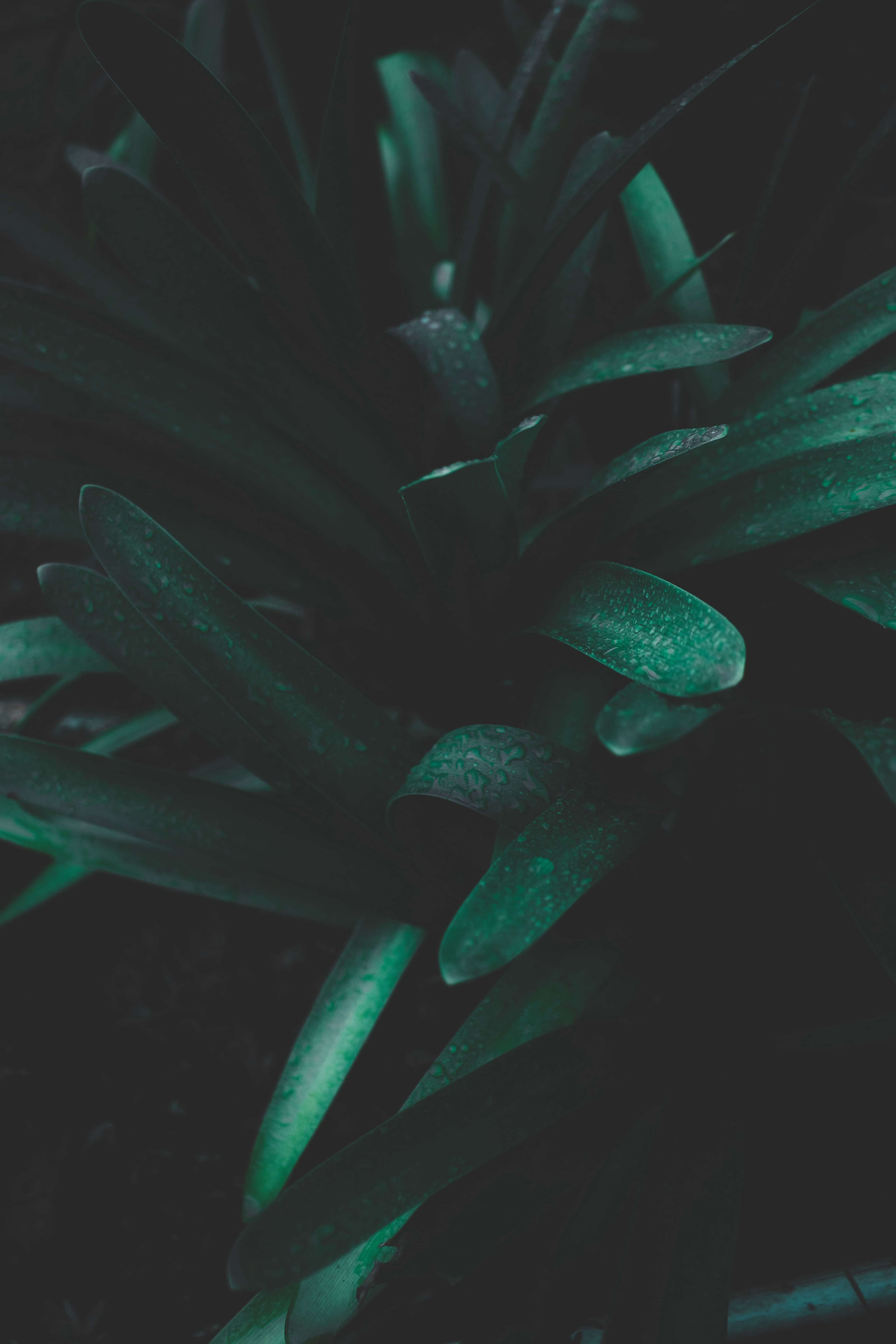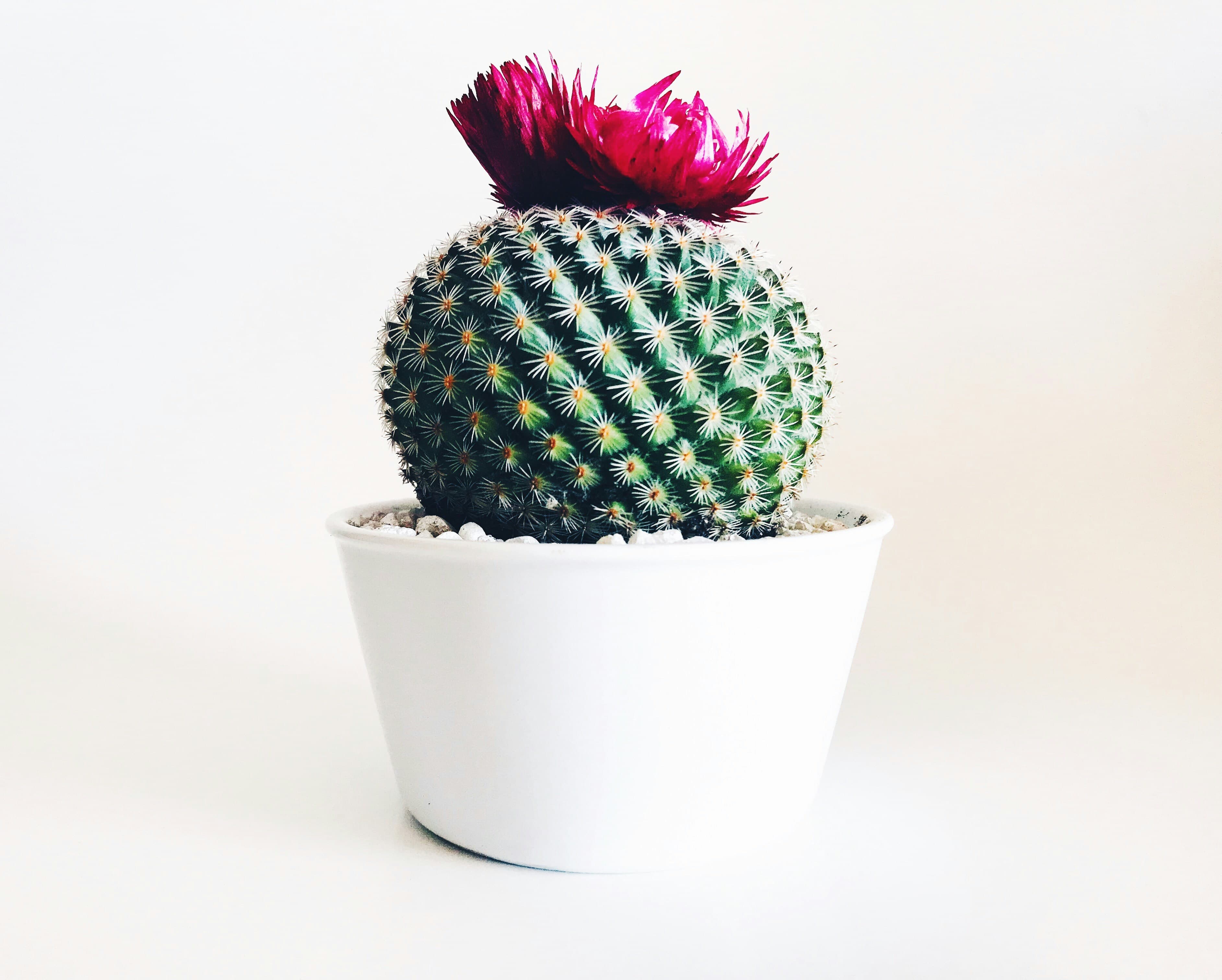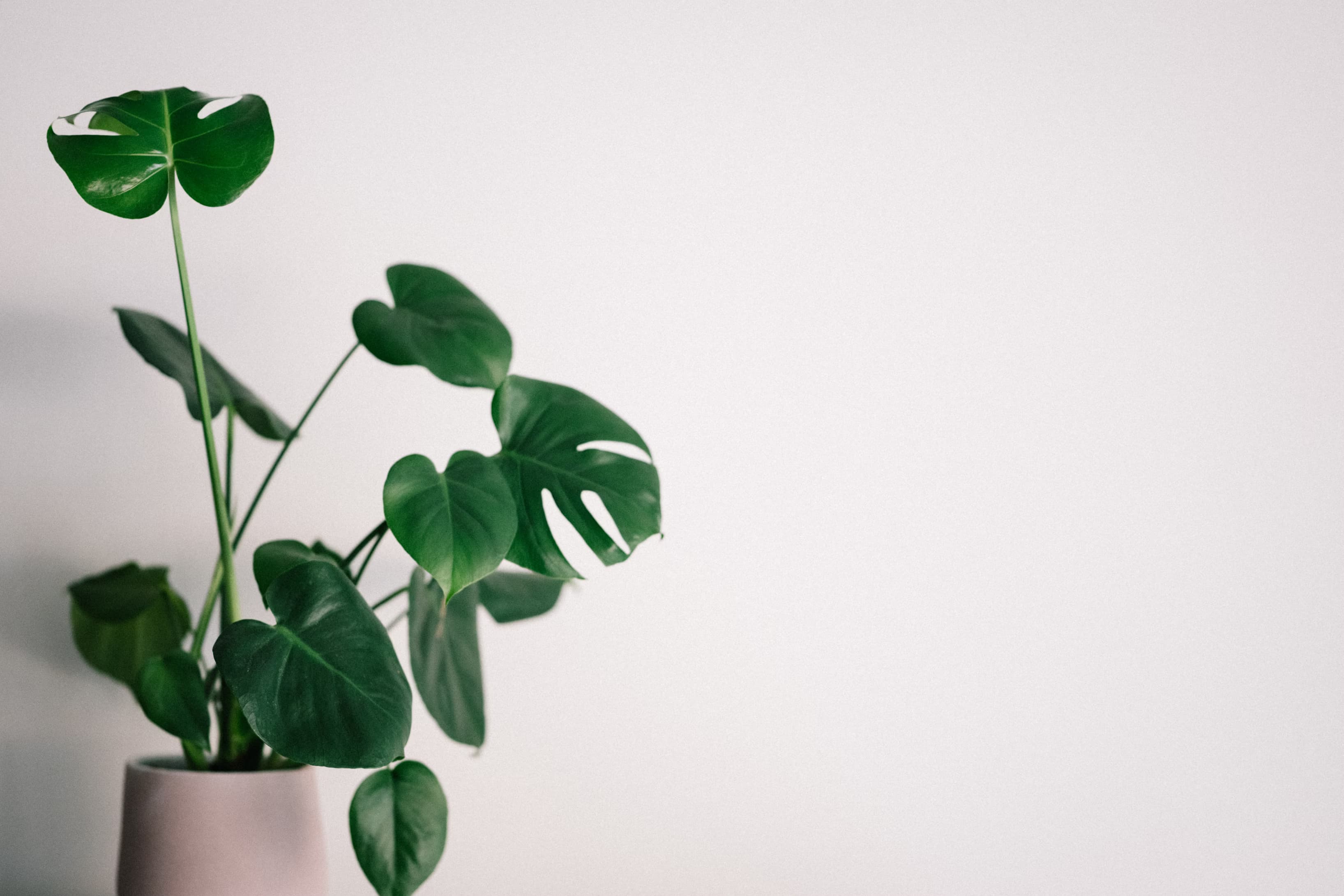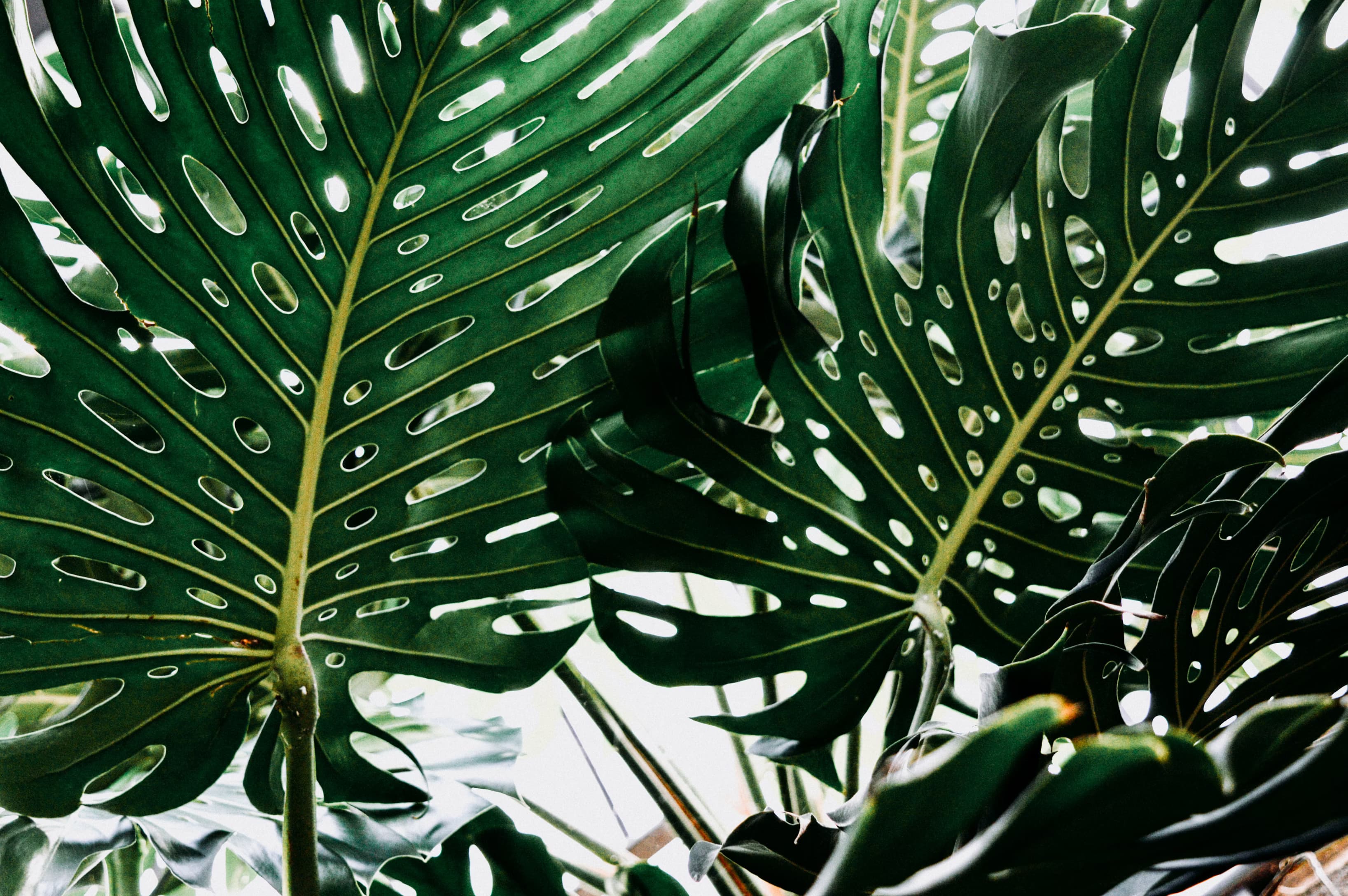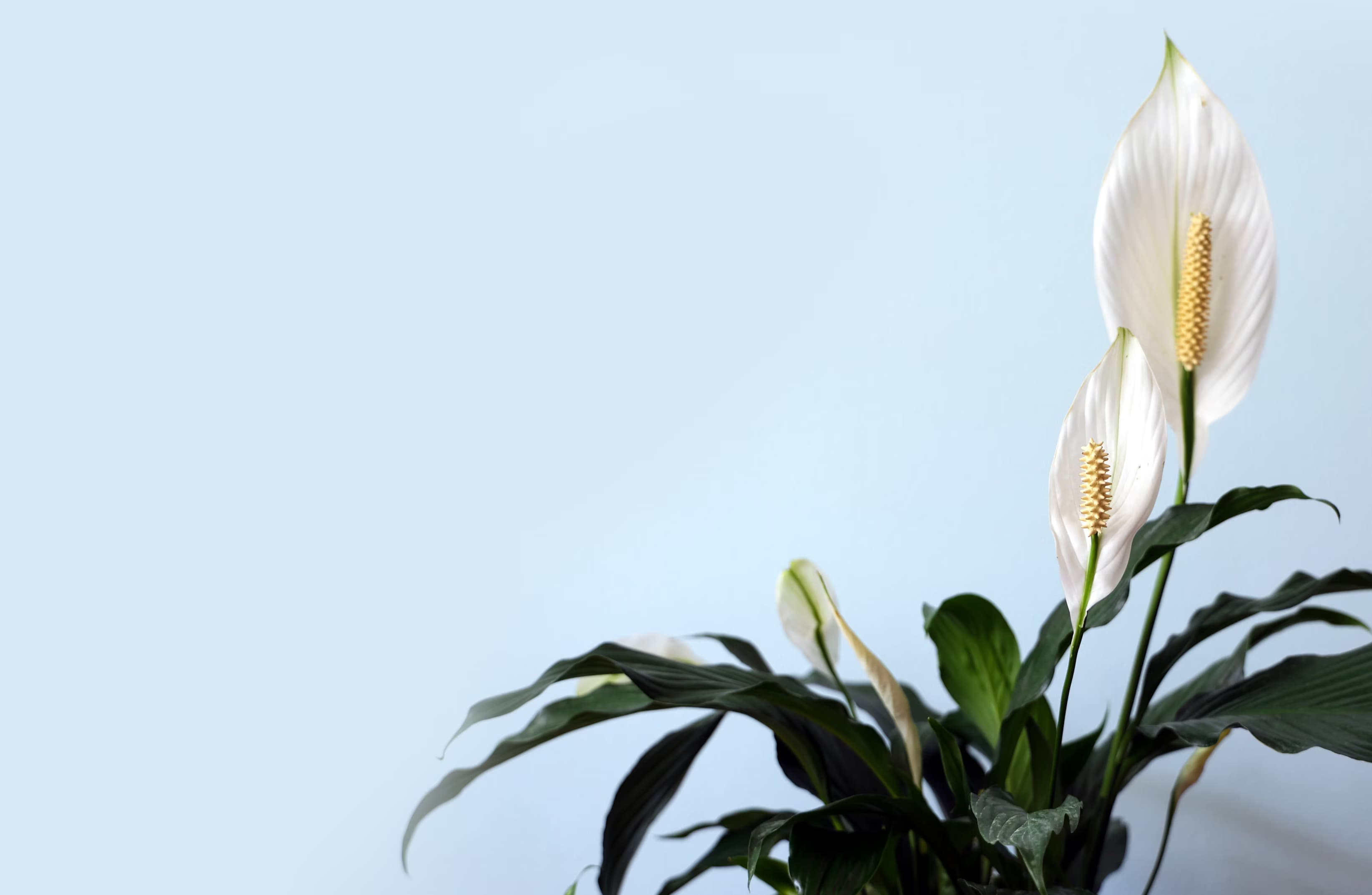
Flowering Plants Plants Care Guide
Plants that produce flowers indoors
Featured Flowering Plants
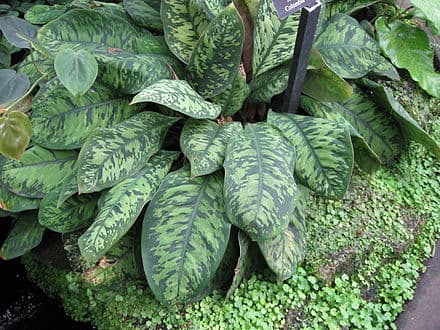
Adelonema wallisii
Adelonema wallisii is a compact perennial aroid plant native to the humid tropical forests of Venezuela, Colombia, and Panama at altitudes of 300-500 meters. It features elliptic to ovate-oblong leaves measuring 13-20 cm (5-8 inches) long on short stalks, displaying bright green foliage with distinctive marbled yellow patterns. The leathery leaves arch or recurve gracefully, creating a lush appearance as they grow in a tidy rosette from underground stems. Reaching 15-25 cm (6-10 inches) in height with a wide horizontal spread, this species is notable for its resemblance to Aglaonema and Dieffenbachia species, particularly Aglaonema pictum 'Tricolor' and Dieffenbachia 'Reflector', due to its similar leaf variegation. Its slow growth rate and adaptability to indoor conditions make it popular for desktops, terrariums, or shelves. Reclassified from Homalomena wallisii in 2016 after botanical research revealed distinct characteristics.
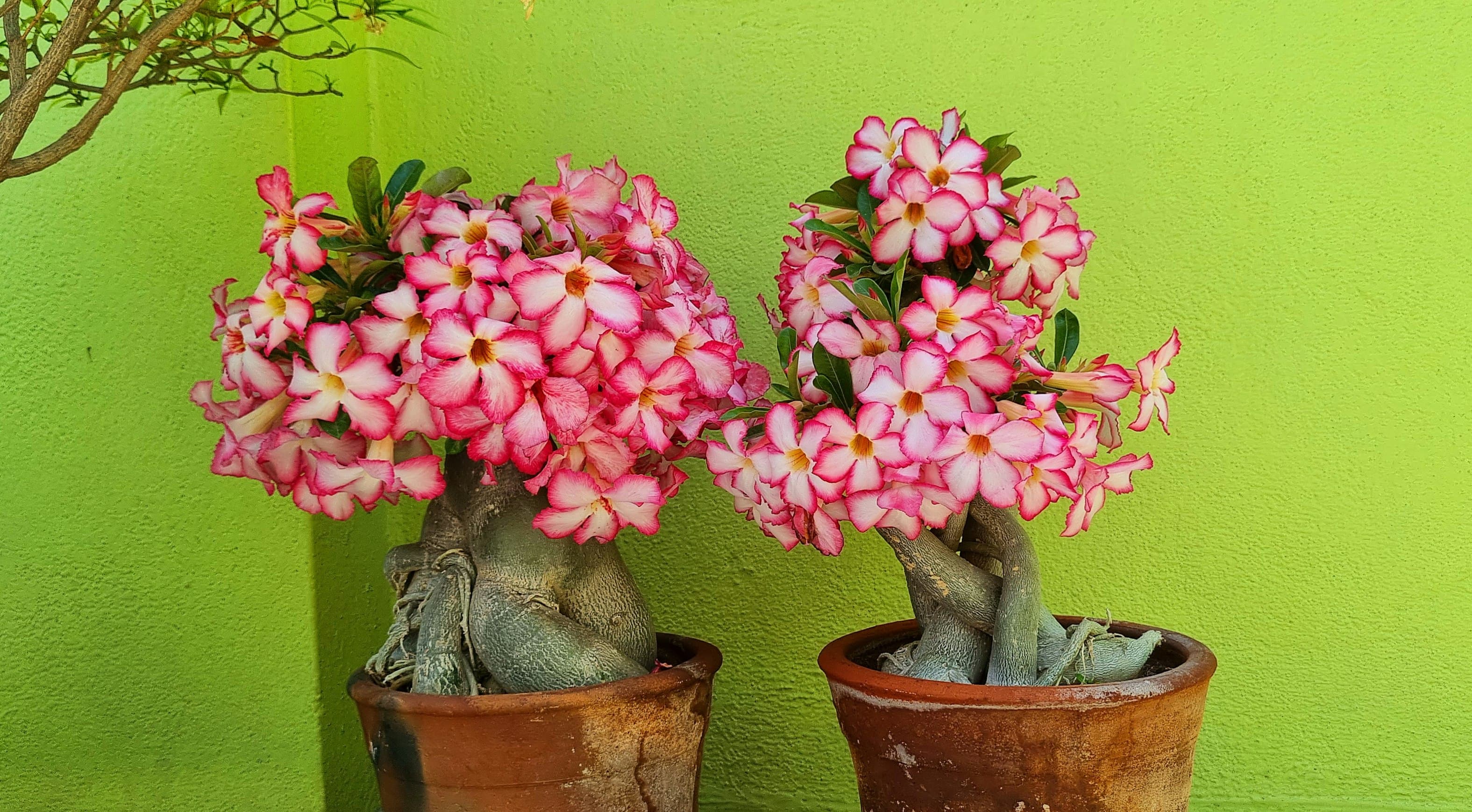
Adenium obesum
Adenium obesum is an evergreen or drought-deciduous succulent shrub with thick, swollen stems and a prominent basal caudex that protrudes from the soil. It grows 0.12-5 meters tall with leathery, spirally arranged leaves clustered at branch tips (5-15 cm long). The plant produces striking tubular flowers (2-5 cm long) with five petals in red and pink hues, often featuring a whitish blush near the throat. Notable for its bonsai potential and poisonous milky sap containing cardiac glycosides, it thrives in arid conditions and displays remarkable drought tolerance.
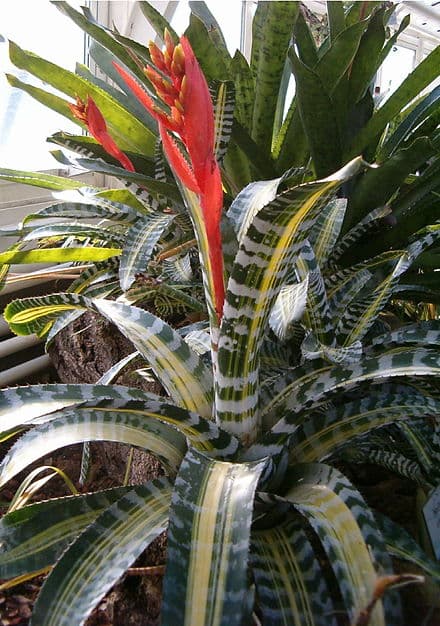
Aechmea chantinii
Aechmea chantinii is a striking bromeliad with broad, arching leaves arranged in a rosette formation. Its leathery leaves feature distinctive silvery-white horizontal bands contrasting against dark green surfaces, giving it a zebra-like appearance. The plant produces a tall, branched inflorescence with bright red or pink bracts that bear small purple or blue tubular flowers. As an epiphyte, it naturally grows on trees in rainforests but adapts well to container cultivation.

Aechmea fasciata
Aechmea fasciata is a slow-growing bromeliad with a striking architectural form, reaching 30–90 cm (12–35 in) in height and up to 60 cm (24 in) spread. It features elliptic-oval leaves arranged in a basal rosette pattern, growing 45–90 cm (18–35 in) long with silvery-gray banding and spiny margins. The plant produces a tall pink flower spike with blue-purple tubular flowers emerging from pink bracts, though it only blooms once in its lifetime. Its water-holding central cup and epiphytic growth habit make it distinct among houseplants.
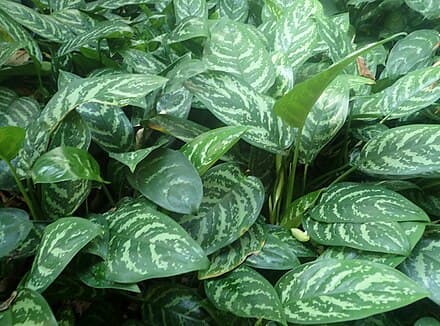
Aglaonema commutatum
Aglaonema commutatum is a tropical evergreen perennial plant in the Araceae family, known for its attractive foliage. It features glossy, lance-shaped leaves with prominent variegation patterns, often displaying silvery-green or gray-green markings. The plant grows in an upright, bushy habit and is primarily cultivated for its decorative leaves rather than flowers. Its hybrid cultivar 'Silver Queen' is particularly notable for its striking silvery leaf patterns and popularity as a low-maintenance houseplant.
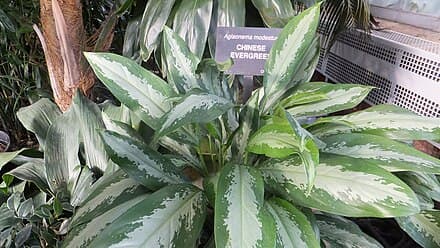
Aglaonema modestum
Aglaonema modestum is a tropical evergreen plant growing 30–90 cm (1–3 ft) tall and 60–120 cm (2–4 ft) wide, featuring lance-shaped leaves measuring 200 mm × 100 mm (8 in × 4 in) on 300 mm (12 in) stalks. It produces occasional white spathe-and-spadix flowers followed by oval-shaped reddish fruits 25–75 mm (1–3 in) long. The plant grows from a central rosette and is valued for its lush foliage, with leaves emerging directly from the soil in a dense clumping pattern. Its ability to thrive in low-light conditions makes it distinct among tropical foliage plants.
- LightBright, indirect light
- WaterModerate, consistent
- Common IssuesPoor blooming, bud drop
Recommended For:
Getting Started with Flowering Plants
Flowering plants bring vibrant colors and sometimes delightful fragrances to indoor spaces. These plants require specific care to encourage blooming and maintain flower production. With the right conditions, many flowering houseplants can produce blossoms year-round, adding a dynamic element to your plant collection.
